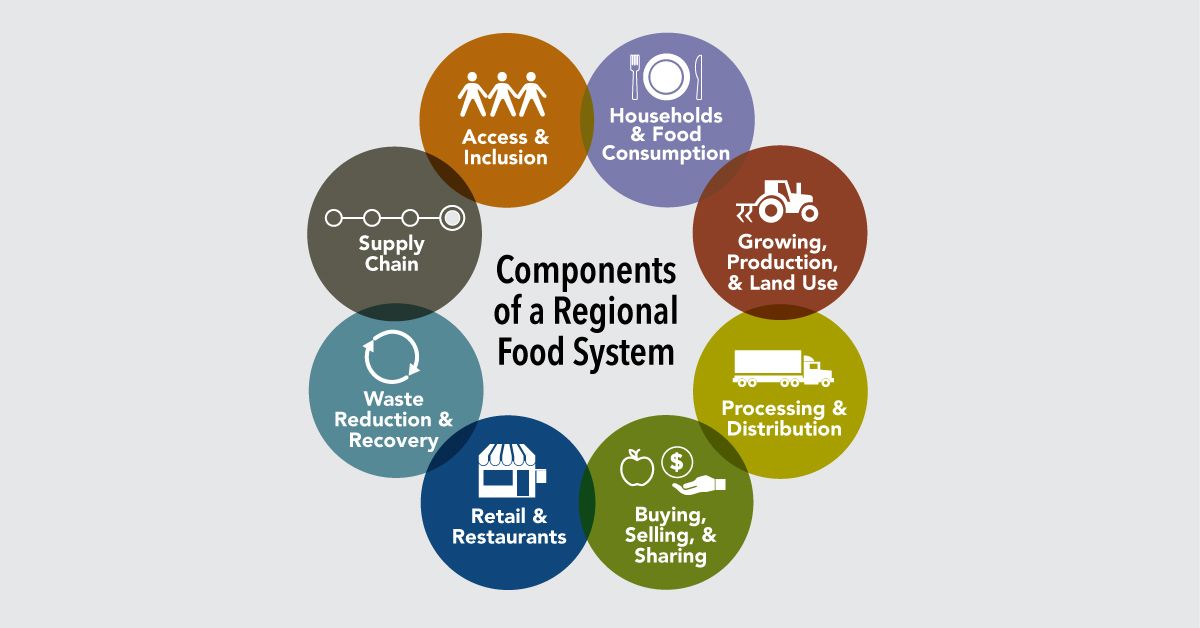Project overview
Metro Vancouver is updating the Regional Food System Strategy first released in 2011.
The
Regional Food System Strategy supports a collaborative approach to creating a sustainable, resilient, and healthy food system that contributes to the well-being of all residents, the economic prosperity of the region, and the conservation of our ecological legacy. To implement the strategy, Metro Vancouver, in collaboration with its member jurisdictions, created the
Regional Food System Action Plan (2016).
The purpose of an updated strategy
An updated strategy is intended to reflect the many economic, environmental, and regulatory changes that have influenced the regional food system since 2011. It will also:
- Provide direction and actions to address key issues in the short and long-term
- Provide clarity on Metro Vancouver’s role in the regional food system
- Establish prioritized, realistic, and measurable actions for food system sectors

Food system challenges
Since 2011, the regional food system has been challenged by many local and external factors that have affected food security in the region. For example:
- Climate change and its increasing impacts on local crop quality and yield
- Changing retail structures, packaging requirements, and consumer behaviours creating a significant amount of waste, both from food and packaging
- National and international events and decisions affecting food production, processing, and transportation costs
- Land use decisions and tax structures in agricultural areas challenging generational farmer retention
The strategy will highlight collective challenges in all parts of a food system, as well as helping identify sector-specific actions that can be taken to strengthen food production and create efficiencies in all areas. Regional food systems build capacity and assets that can shape the future of how a region obtains, distributes, and consumes food.
Regional food system sectors
In this update, the project team is currently considering these sectors and activities within the regional food system.
Producing
Growing crops, raising livestock, and harvesting seafood
Processing
Preparing food for market and manufacturing food products
Distributing
Warehousing, storage, and distribution logistics of food
Marketing
Promoting food groups (e.g. dairy) and advertising
Transporting
Logistics and transportation of food to and from and within the food system
Food service
Providing food through catering, corporate programs, or cafeterias
Consuming
Eating food at the direct consumer level, corporate, business, and institutional level
Wasted food
Wasted food that can still be consumed by humans
Package waste
Packaging waste from all sectors of the food system
Regional food system roles